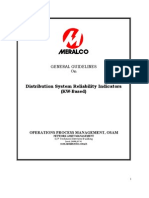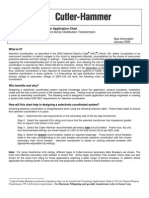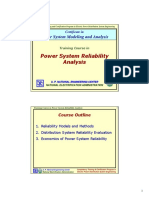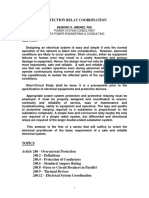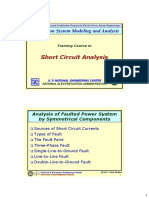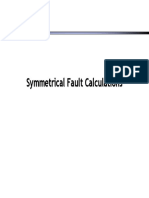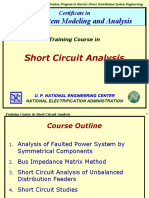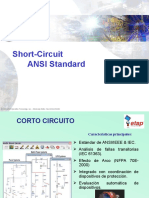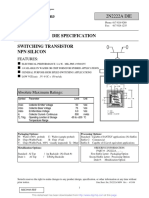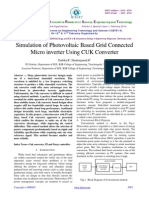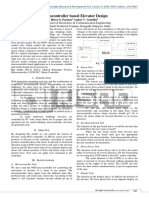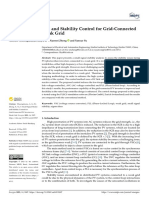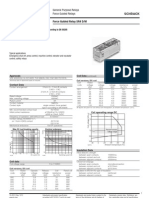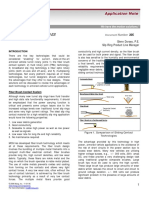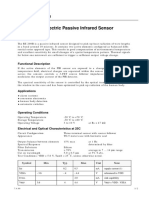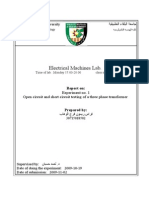100% found this document useful (1 vote)
419 views68 pagesEE 256 Notes 4 - Line Protection
This document is a course syllabus for EE 256 - Power System Protection taught by Professor Rowaldo R. del Mundo at the University of the Philippines. The syllabus outlines topics to be covered including line protection, overcurrent protection and coordination, distance relaying, and pilot relaying. It provides background information on various protection schemes and procedures for coordination of overcurrent protection in transmission and distribution systems. Examples and assignments related to setting distance relays and calculating relay voltages are also presented.
Uploaded by
Edu Daryl MacerenCopyright
© © All Rights Reserved
We take content rights seriously. If you suspect this is your content, claim it here.
Available Formats
Download as PDF, TXT or read online on Scribd
100% found this document useful (1 vote)
419 views68 pagesEE 256 Notes 4 - Line Protection
This document is a course syllabus for EE 256 - Power System Protection taught by Professor Rowaldo R. del Mundo at the University of the Philippines. The syllabus outlines topics to be covered including line protection, overcurrent protection and coordination, distance relaying, and pilot relaying. It provides background information on various protection schemes and procedures for coordination of overcurrent protection in transmission and distribution systems. Examples and assignments related to setting distance relays and calculating relay voltages are also presented.
Uploaded by
Edu Daryl MacerenCopyright
© © All Rights Reserved
We take content rights seriously. If you suspect this is your content, claim it here.
Available Formats
Download as PDF, TXT or read online on Scribd
/ 68









